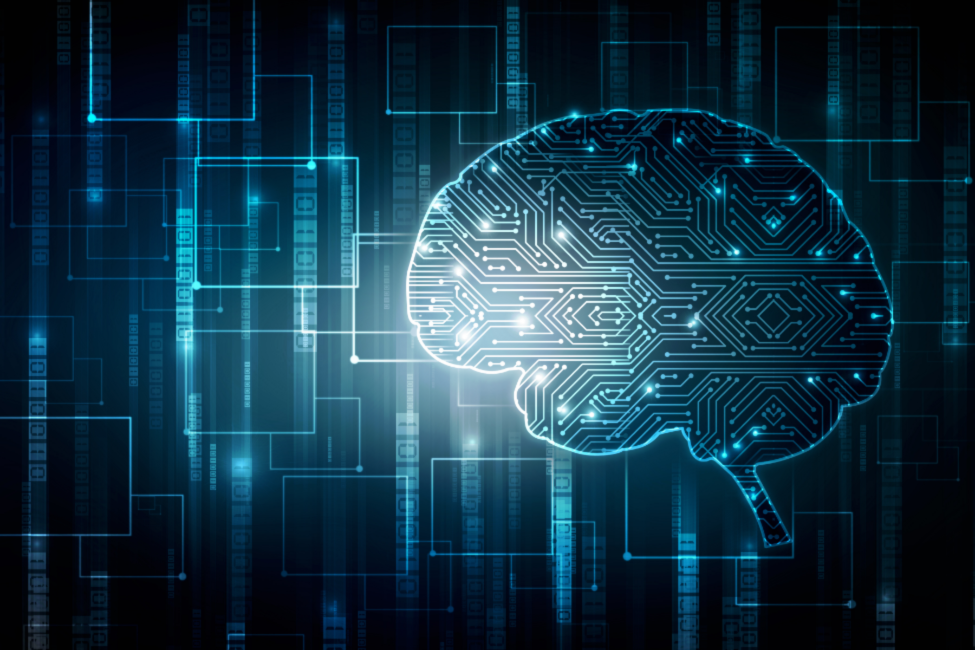
Researchers from the Indian Institute of Technology Madras (IITM) have developed a tool based on machine learning to detect a type of brain cancer called glioblastoma multiforme (GBM).
The researchers say that their device, named GBMDriver, is publicly available online and could revolutionise the detection of brain and spinal cord cancers.
The study results are published in Briefings in Bioinformatics.
Studies show that glioblastomas originate in the brain and spine. Some gene mutations lead to uncontrolled cell division and aberrant signalling pathways, causing cancer. Detection of brain cancer, specifically glioblastomas, can be challenging, mainly due to non-specific symptoms like headaches, personality changes, nausea, and stroke. Despite extensive research, this condition has limited therapeutic options, and the survival rate is currently low.
Drivers and passengers
Developing the right treatment strategy for glioblastoma requires a deep understanding of how protein mutations affect brain cancer. But it is hard to identify which mutations cause this condition.
“Driver and passenger mutations are the two frequently occurring mutations in our body,” Prof Michael Gromiha from the Department of Biotechnology at IITM tells Happiest Health. Driver mutations give cancer cells the advantage of uncontrolled growth. In contrast, he explains, passenger mutations occur during cell division and do not contribute to causing cancer.
“Firstly, to better understand GBM, we need to understand the particular protein sequences and their characteristics responsible for cancerous and non-cancerous activity,” he says. After identifying these protein sequences, they deliver the data into machine learning algorithms for analysis.
Machine learning relies on extensive data and algorithms to give precise outcomes. “Machine learning algorithms enable computers to learn and improve their performance over time as they are exposed to more data,” says Dr Vivek Ruhela, a researcher at Indraprastha Institute of Information Technology (IIIT), New Delhi.
Read more : Know the brain regions
Read more: Aiming nanodrugs at brain cancer in children
A dive into GBMDriver
The IIT team extracted clinical data from COSMIC and OncoKB databases for driver mutations to develop the tool. They also retrieved passenger mutations from different databases that serve as a control group.
Using these databases, researchers made a dataset that contains 9,386 driver and 8,728 passenger mutations. They based it on the reoccurrence of cancer-causing mutations in every 3 GBM-affected people.
To develop this tool, Prof Gromiha explains they considered various factors, such as the properties and patterns of amino acids and protein formation. In addition, they employed algorithms to segregate driver and passenger mutation in the database of GBM-affected people.
To check the accuracy of GBMDriver, they tested the tool on clinical data of 1,809 randomly chosen GBM-affected people. “This tool achieved an accuracy of 81.99 per cent in identifying driver mutations. The detection results from this tool are better than the current diagnostic methods for this condition,” says Dr Gromiha.
The researchers state that the success of GBMDriver could be a game-changer in treating brain cancer. “However, if we have a high number of data, then we can improve the GBMDriver model with more detailed and specific features,” he adds.
Dr Ruhela agrees that AI algorithms can be trained to identify patterns and predict the likelihood of developing certain diseases or conditions from large data sets. “This can enable healthcare professionals to intervene early and provide preventive care to high-risk patients,” he says.















